Exploring the world of fashion, it's clear that some clothing brands have consistently stood out for their innovation, quality, and style. Whether you're seeking timeless elegance or cutting-edge designs, the options available cater to every fashion enthusiast's preferences. From luxury labels that exude sophistication to sustainable brands championing eco-friendly practices, the fashion industry offers a vast array of choices. To discover some of the best brands that could redefine your wardrobe, check out the detailed list below.
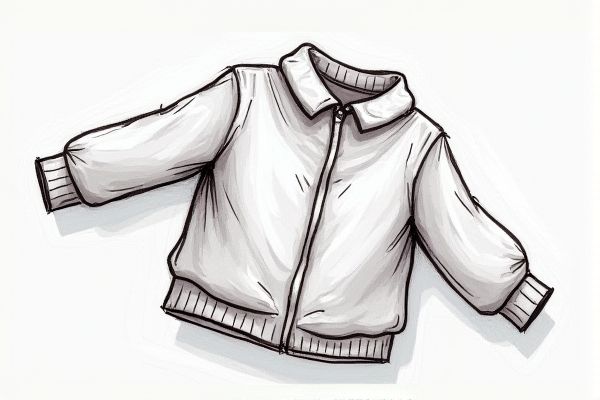
Illustration of clothing
Best brands of clothing in 2025
Gucci
Gucci is one of the leading luxury fashion brands, renowned for its high-quality clothing and accessories. In 2022, Gucci generated EUR10.49 billion in revenue, with 52% of its earnings coming from leather goods, 21% from shoes, and 15% from ready-to-wear apparel. The brand's revenue is distributed across various regions, with 36% from the Asia-Pacific market, 29% from North America, and 22% from Western Europe. Gucci's online store also contributes significantly, generating $1.63 billion in e-commerce revenue in 2022. The brand's customer base is predominantly female, with 58.84% of customers being women.
Chanel
Chanel is one of the leading luxury fashion brands, renowned for its timeless and modern designs. In 2022, Chanel generated a revenue of $17.22 billion, with a brand value of $15.26 billion, solidifying its position as the third most valuable luxury brand worldwide. The brand's revenue is well-balanced across regions, with $8.65 billion earned in the Asia Pacific, $4.72 billion in Europe, and $3.86 billion in the Americas in 2022. Chanel boasts a high brand awareness of 92% in the United States, with 48% of respondents liking the brand and 28% of luxury fashion owners owning Chanel products. The brand's strong online presence is also notable, with its website generating significant revenue and maintaining a competitive average order value. For more information about Chanel's luxury offerings, visit their official website.
Louis Vuitton
Louis Vuitton is a paramount luxury fashion brand, renowned for its high-quality products and robust market presence. Founded in 1845 by Louis Vuitton, the brand has grown significantly, with a brand value of $23.4 billion in 2022 and a revenue of $75.9 billion in 2021. It leads the luxury industry with a market capitalization of $306.18 billion, surpassing competitors like Hermes International and Christian Dior. Louis Vuitton's products are favored by 28% of luxury fashion users in the U.S., and the brand maintains a loyal customer base, with 71% of owners likely to use Louis Vuitton again. The brand's global appeal is further underscored by its strong presence in the Asia-Pacific region, which accounted for 38% of LVMH's global revenue in 2023.
Versace
Versace, founded by Gianni Versace in 1978, is a leading Italian luxury fashion brand renowned for its bold, innovative designs and vibrant prints. The company has significantly expanded its revenue since its acquisition by Capri Holdings in 2018, generating over one billion U.S. dollars in the financial year 2024. Versace operates through both direct-to-consumer and wholesale distribution channels, with a strong presence in over 200 boutiques globally and a successful e-commerce platform. The brand's revenue is also bolstered by licensing agreements, which account for nearly 15 percent of its total earnings. Versace's products include haute couture, ready-to-wear, accessories, jewelry, eyewear, fragrances, and home furnishings. For more detailed insights, visit their company profile.
Nike
Nike is the world's leading supplier of athletic apparel and footwear, holding a significant market share of 27.22% in the apparel, footwear, and accessories industry as of Q3 2024. The company dominates the athletic footwear market with a 30% share in 2023, up from 17.9% in 2011, and generates over $33 billion in footwear revenue annually. Nike's global revenue for the fiscal year ending May 2024 was approximately $51.36 billion, with a strong presence in North America, contributing $21.61 billion to its total revenue. The brand is recognized globally, with over 94% of online sports and outdoor goods shoppers in the UK and Germany familiar with Nike. Nike's influence extends to sponsoring top athletes and providing uniforms for major sports teams.
Adidas
Adidas is one of the leading sportswear brands globally, known for its high-quality and innovative products. In 2022, Adidas held an 8% share in the overall sportswear market and a 14.70% share in the sneaker market, with footwear accounting for 55% of its net sales. The company achieved impressive revenue, with approximately 10.9 billion euros in the first half of 2022, and it employs around 59,000 people worldwide as of 2023. Adidas is particularly strong in North America and Greater China, which together account for nearly 40% of its annual retail sales. The brand is renowned for its performance-driven designs and accessible prices, making it a favorite among athletes and fashion enthusiasts alike. For more details on their offerings, visit their official website.
Zara
Zara stands as a global fashion powerhouse, renowned for its innovative fast fashion strategy, which combines affordability, a strong supply chain, and rapid market feedback. The brand operates over 2,200 stores across 96 countries, producing around 450 million items and launching approximately 12,000 new designs annually. In 2022, Zara's revenue reached EUR23.76 billion, with its online sales contributing significantly, particularly from markets like the United States, the UK, and Spain, which together account for 42.7% of its online revenues. Zara's customer base is diverse, with the 25-34 age group making up 32.93% of its customers. The brand's success is also attributed to its ability to keep up with rapidly changing fashion trends, introducing new collections every few weeks.
Uniqlo
Uniqlo stands as a leading global fast fashion retailer, known for its high-quality, affordable, and innovative clothing. With over 2,250 stores in 25 countries, Uniqlo generated $22 billion in revenues for the year ending 2020 and boasts a brand value of $9.2 billion, ranking it 84th on the list of the World's Most Valuable Brands. The brand's success is driven by its in-house product planning, design, manufacturing, and distribution capabilities, allowing for efficient supply chain management and cost savings. Uniqlo's unique fabric innovations, such as HeatTech, AIRism, and UV Cut, differentiate it from competitors and appeal to a broad customer base. As of 2023, Uniqlo contributes around 84% of the retail group's revenue under Fast Retailing. For an in-depth understanding of the strategy behind this global Japanese fast fashion retail brand, visit the insightful article by Martin Roll.
H&M
H&M, as the world's second-largest publicly traded fashion retailer, boasts a robust supply chain with over 574 commercial product suppliers and 1,027 tier 1 factories across Europe, Asia, and North America. The company employs around 1.4 million people in its supplier factories, with 63% of them being female, and maintains an average supplier relationship of 9 years. H&M produces 3 billion garments annually and has a strong presence in 61 countries with over 4,900 stores. Despite facing intense competition, H&M is pivoting towards higher-end products and sustainability, aiming for a 10% operating margin by 2024. The company has also invested significantly in recycling technologies, such as the Green Machine, to reduce its environmental impact. For more information, explore their supply chain transparency efforts.
Prada
The Prada Group has cemented its position as a leading luxury brand, with a 15% year-over-year increase in net revenue to 3.8 billion euros for the first nine months of 2024. This growth is largely driven by the exceptional performance of Miu Miu, which saw a 105% increase in retail sales in the third quarter. The Prada brand itself reported a 4% year-over-year increase in retail sales, with a strong focus on leather goods, ready-to-wear, and footwear. The group's success is also highlighted by its significant growth in the Asia-Pacific region, with a 9% boost, and a 40% increase in Japan. Prada's innovative approach and polyhedric brand equity have enabled it to outperform rivals in a challenging luxury market. For more insights, visit their official website.


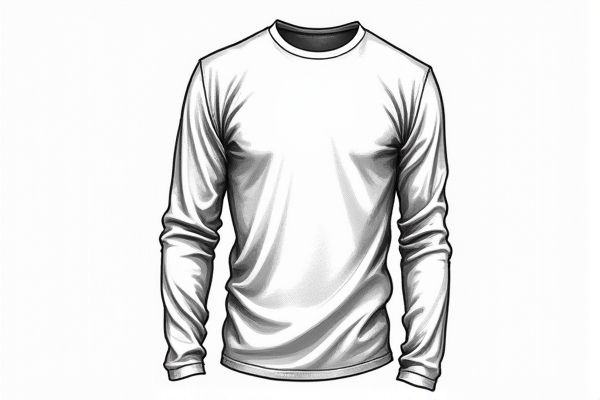

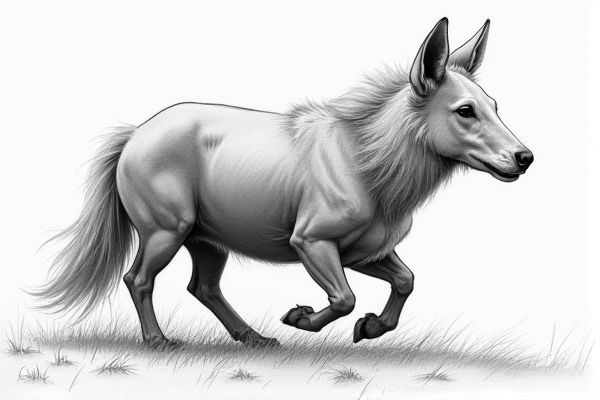





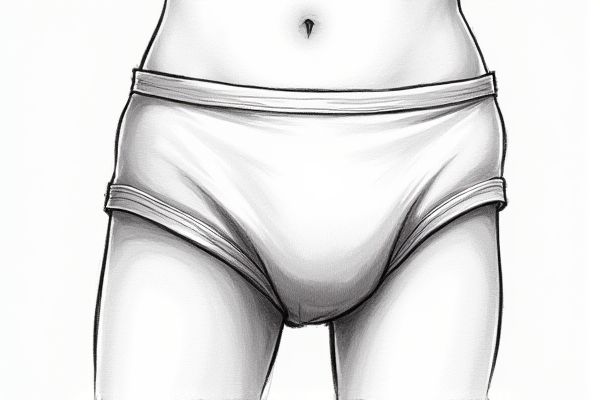
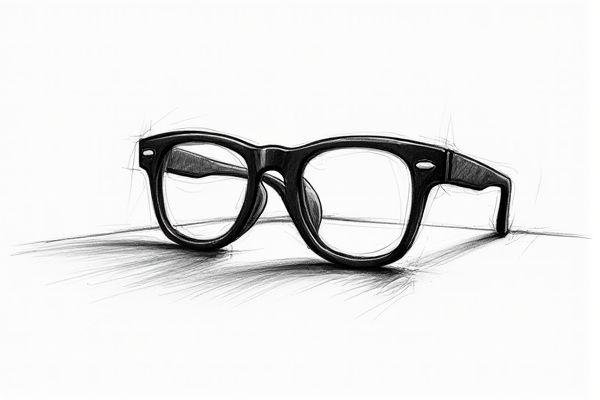

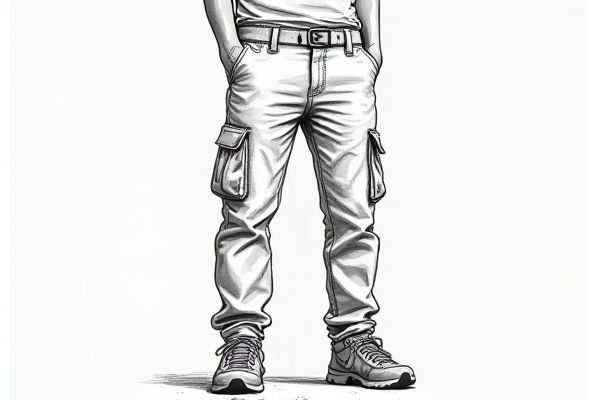
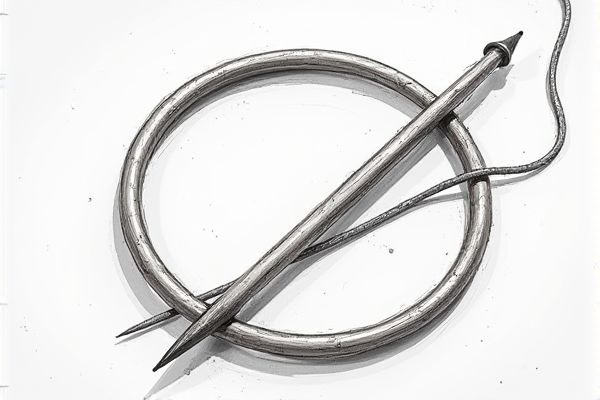
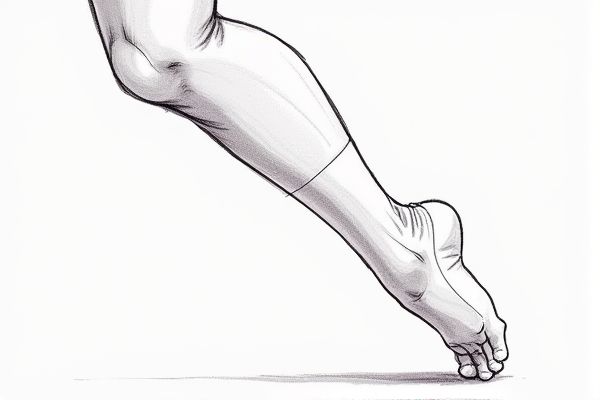
Leave a Reply
Your email address will not be published.